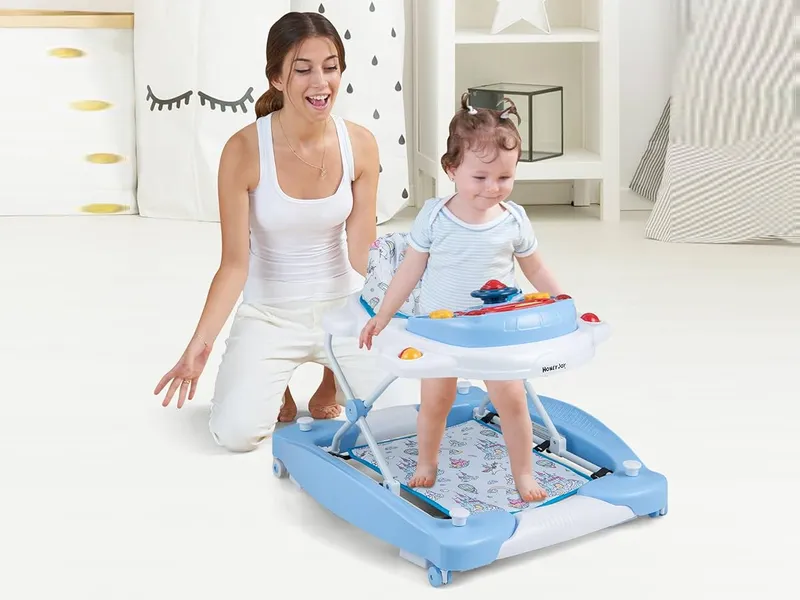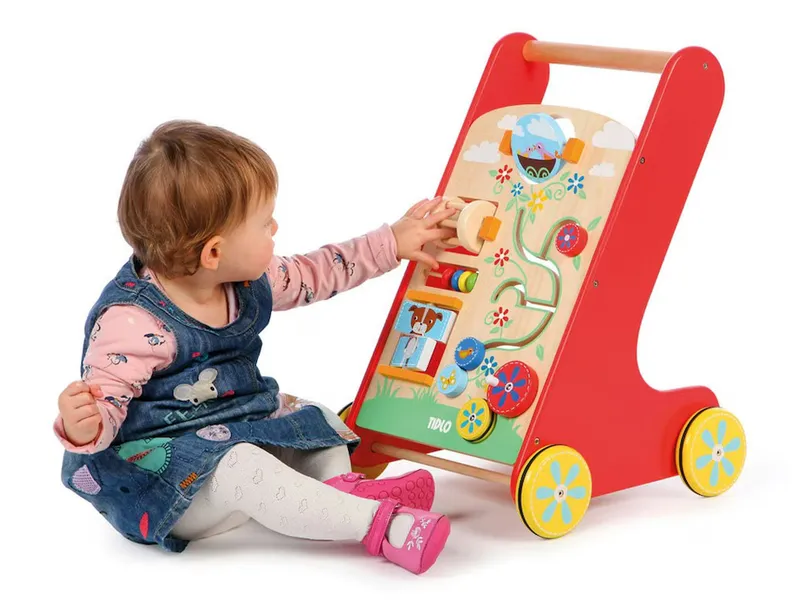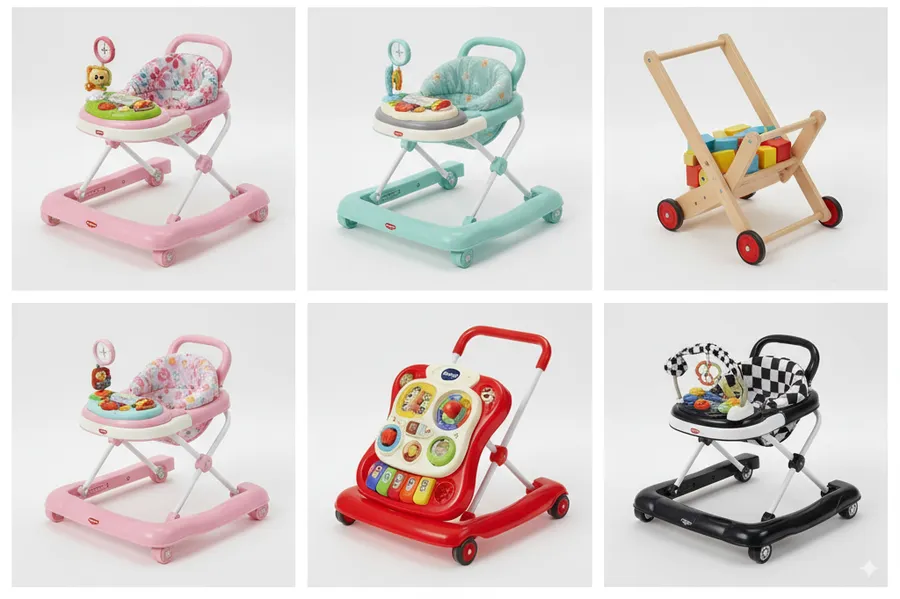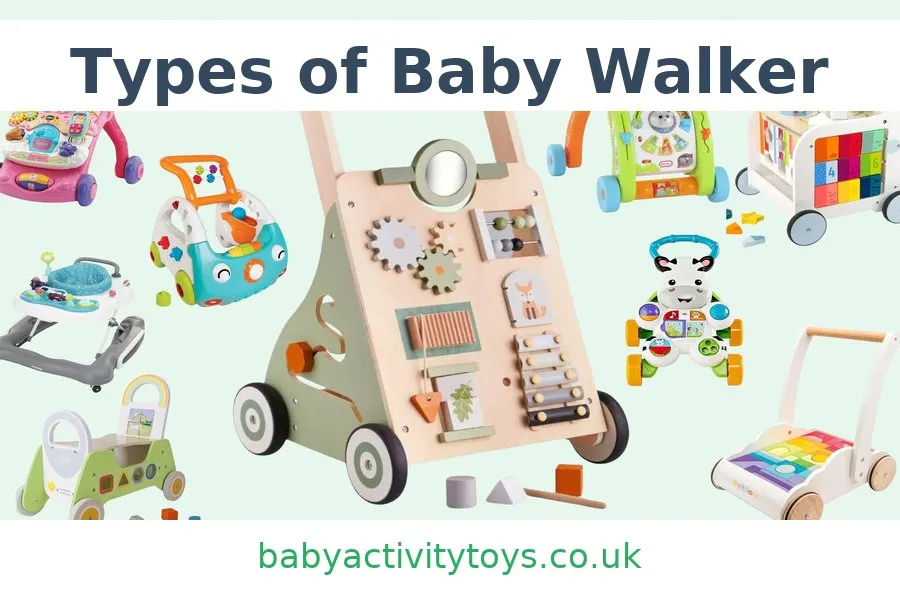
Who Can Use a Baby Walker?
As your little one grows and explores the world around them, you may be considering introducing a baby walker to aid their mobility. However, you might wonder if a baby walker is suitable for your child and at what stage they can start using it.
In this comprehensive guide, we’ll answer all your questions about who can use a baby walker and provide you with valuable insights, tips, and recommendations. So, let’s dive in and discover the wonderful world of baby walkers together!
1. Age and Development:
The age at which a baby can start using a walker varies. Typically, babies can start using a walker when they are around 6 to 8 months old and have developed sufficient upper body strength and coordination. It’s important to remember that every child is unique, and their readiness to use a walker may vary.
Example: Imagine your little one excitedly taking their first steps in a walker, gaining confidence and independence with each joyful movement.
2. Sitting and Holding Weight:
Before using a baby walker, it’s essential that your child can sit upright without support and hold their own weight. This ensures they have the necessary stability and control to use the walker safely.
Example: Witness your baby sitting comfortably in the walker, enjoying the freedom to move and explore their surroundings.
3. Baby’s Walking Readiness:
Babies who are on the verge of walking independently can benefit from using a walker. A walker can provide support and encourage their walking motion, helping them develop their leg muscles and balance.
Example: Picture your child eagerly taking steps with the support of a walker, building strength and coordination for their upcoming walking adventures.
4. Supervision and Safety:
It’s crucial to remember that a baby walker should always be used under adult supervision. Ensure the environment is free from hazards such as stairs, sharp edges, and dangerous objects. Keep a close eye on your little one to ensure their safety at all times.
Example: See the joy on your child’s face as you watch them explore safely in their walker, knowing you are there to guide and protect them.
5. Considerations for Individual Development:
Every child’s development is unique, and some may benefit more from using a baby walker than others. Consult with your pediatrician to determine if a walker is appropriate for your child based on their specific needs and milestones.
Example: Seek advice from your pediatrician, who can provide valuable insights and recommendations tailored to your child’s individual development.
6. Introducing Walking Aids:
Apart from traditional walkers, there are other walking aids available such as push toys, activity tables, and sit-to-stand walkers. These alternatives can be beneficial for children who may not be ready for a traditional walker or have specific developmental needs.
Example: Explore different walking aids that suit your child’s preferences and support their unique development, opening up a world of possibilities.
Conclusion:
Baby walkers can be a wonderful tool to support your child’s journey towards independent mobility. When used appropriately and under supervision, they can provide a fun and engaging way for your little one to explore their surroundings and develop their motor skills.
However, it’s important to consider your child’s age, development, and individual needs before introducing a walker. Stay tuned for our next blog post, “Who can benefit from using a baby walker,” where we’ll delve deeper into the specific advantages that baby walkers can bring to different children.
Next up: Who can benefit from using a baby walker
In our upcoming blog post, we’ll explore the various individuals who can benefit from using a baby walker. From promoting physical development to enhancing cognitive skills, we’ll uncover the positive impact that walkers can have on different children. Get ready to discover the benefits of this fantastic tool and how it can support your child’s growth and exploration!






